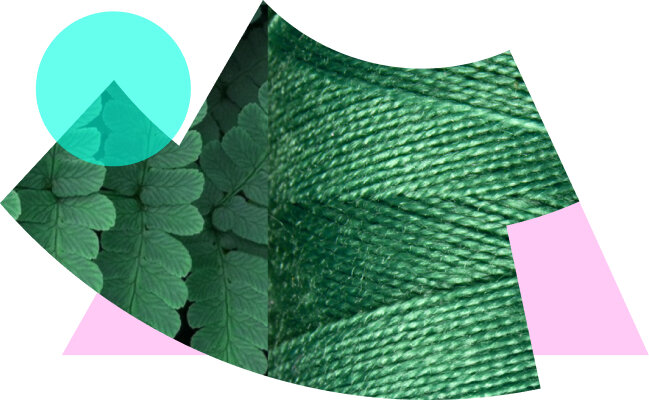
Fashion Positive was launched at the Cradle to Cradle Products Innovation Institute in 2014, and our approach is rooted in Cradle to Cradle methodology, a transformative pathway for designing and making products with a positive impact on people and planet. Since the launch of Fashion Positive, the emergence of Circular Economy began to unfold in the fashion industry, due in part to Ellen MacArthur Foundation and the foundational work done by Cradle to Cradle founders, William McDonough and Dr. Michael Braungart.
As of 2020, Fashion Positive operates out of the global non-profit, Textile Exchange and is the fiscal sponsor of Fashion Positive. In 2020, Fashion Positive published the Circular Materials Guidelines with co-sponsorship from Textile Exchange— it is the first-ever publicly available Guidelines that defines Circular Materials. These Guidelines are for producers of fibers, both commercially-available and innovative, and clarifies the pathway to what we can call “circular,” meaning that the fibers come from safer, recycled and renewable sources.
Our members collaborated with standards and certifications organizations, industry leaders and stakeholders, to develop a publicly-available and industry-reviewed Guideline that describes in detail how to achieve Circular Materials. The Guideline focuses on four main categories:
Incorporate existing recycled and reclaimed content into materials as a foundational step to minimizing virgin inputs and spur circular systems.
Phase hazardous chemicals out of textile products and processes and promote safer alternatives.
Provide a roadmap to achieve zero discharge from facilities.
Provide a vision for zero greenhouse gas emissions and a roadmap to achieving as close to zero greenhouse gas emissions as technology allows.
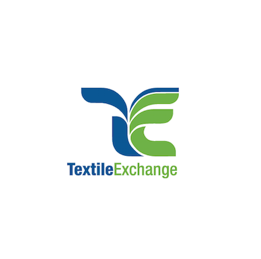
Fashion Positive developed requirements for Circular Materials based on ambitious goals essential to meet the needs of the industry. All requirements have been mapped against an existing Standard or Certification, and these stakeholders have been included in the process of development. The intention of the Circular Materials Guidelines is to clarify for Brands, Retailers, Producers, NGOs, Standards and Certifications bodies and industry how the individual standards fit into the vision of Circular Materials. Before Fashion Positive, these connections have been unclear.
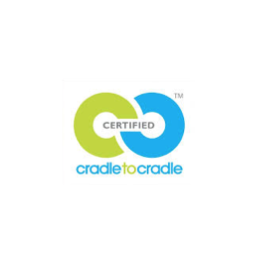





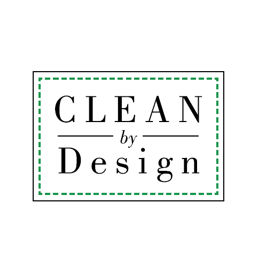



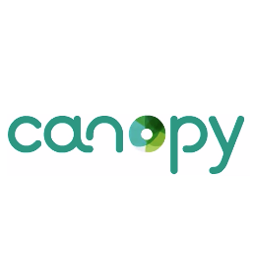
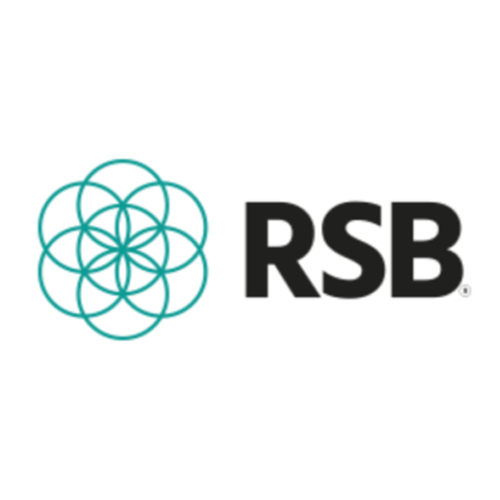
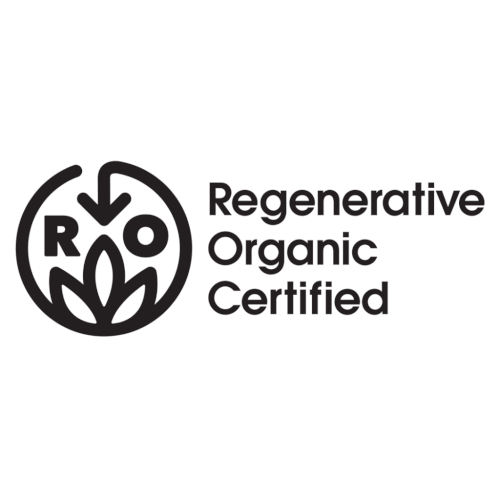

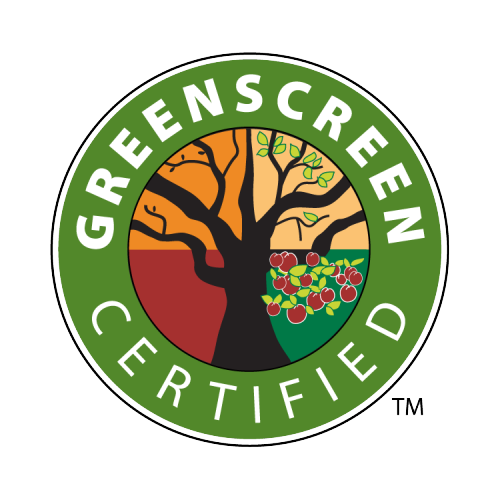
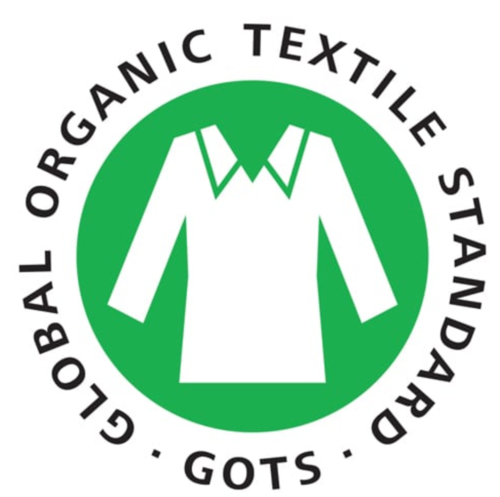
Fashion Positive uses principles as a guide to make decisions. Our principles are adapted from Ellen MacArthur Foundation’s Circular Economy Principles: